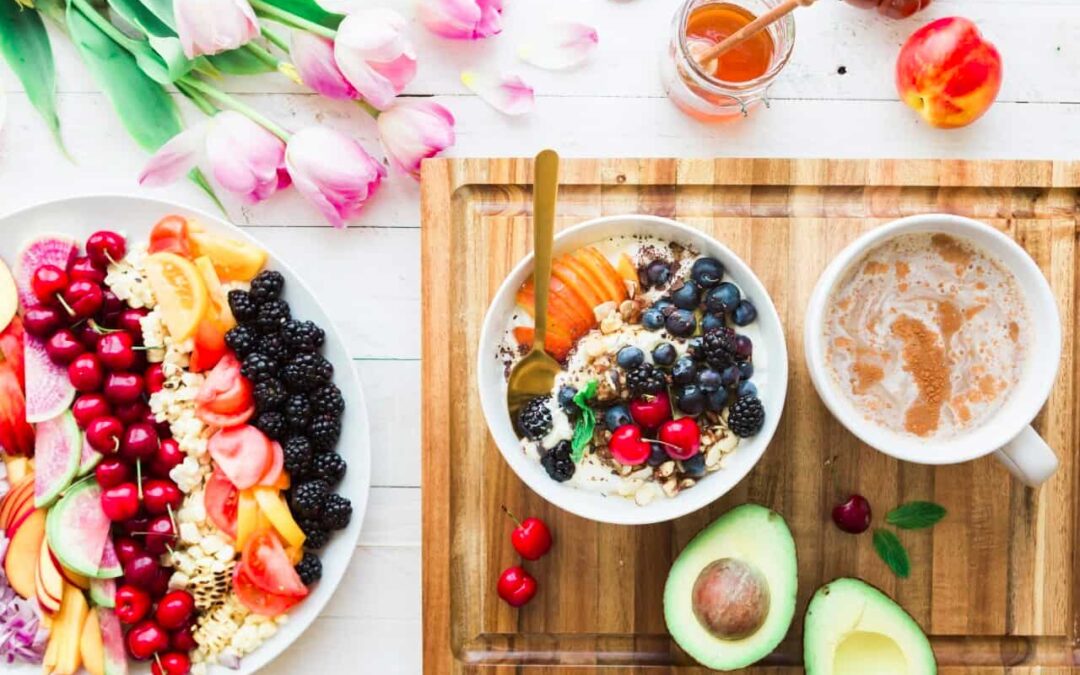This month we’re here to hit the topic of nutrition in light of the fact that March is the national nutrition awareness campaign. Nutrition is tightly bound to dental health in all of us, regardless of age. Nevertheless, in our children, the cyclical nature of nutrition and dental hygiene is perhaps of even higher importance on the grounds that the habits they form now and tastes that they develop now will have a lasting impact on their entire lives.
It’s no secret that sugary sweets and sodas are terrible for our bodies, they serve no nutritional value for our bodies. Moreover, they are horrible assailants on the enamel of our teeth. The enamel, which is the stronger than bone surface of our teeth, is unfortunately vulnerable to the very substance that we love to consume.
According to Lisa Bodnar, Professor of Epidemiology at the University of Pittsburgh Health Sciences, “Children who are fed diets high in added sugars are more likely than children with lower sugar intakes to have a number of negative health consequences as they develop, including childhood obesity, cardiovascular disease and tooth decay.”
So, we know added sugars are the ‘big bad’ but that leaves much of food left unaccounted for. What should you be encouraging your kids to eat?
Recommended Healthy Snacks
Vitamin A, casein, calcium, and phosphorous are all nutrients that work to maintain, strengthen, and protect tooth enamel, while vitamin D works to help your body absorb calcium. Folic acid is another goodie that is essential for healthy gums. Here’s a quick list of foods that contain a few or all these nutrients:
-
Celery
-
Carrots
-
Spinach
-
Kale
-
Broccoli
-
Eggs
-
Milk
-
Yogurt
-
Cashews
-
Almonds
-
Peanuts
-
Apples
-
Pears
The majority of the foods on this list are crunchy in their natural state, and that is a positive and helpful aspect. These crunchy foods serve an additional benefit to the nutrients they provide by their deliciously crunchy nature; they help to clean your teeth while you eat. They will scrape along the enamel of your teeth and pull free the harmful bacteria and sugar that hide out in the valley and in-betweens of the teeth. Of course, they won’t replace the necessity of floss or routine brushing of the teeth, but they help all the same.
Nutrition Tips for Parents
So how can you help your little ones develop healthy eating habits that provide nutrition and flavor? Here’s six basic tips:
1. Control what is available in your home. You hold the power of the grocery list in your hand, literally. If you are committed to a nutritional menu of snacks and meals in your home for your family, then you can start by limiting the availability of unhealthy foods. It’s harder for your kids to eat junk foods as a snack when they aren’t even available in your pantry of cupboards.
2. Repetition is key. It’s not unusual whatsoever if your kids say they don’t like the taste of unsweetened foods. The entire food group of vegetables is constantly maligned considering it doesn’t possess the natural sweetness that its sister group fruits does. Brave parents, do not give up! Research shows that trying vegetables repeatedly can bear fruit (pardon the pun). Some experts say they need to try it 12 times, others say ten times will do the trick. Take heart from this, dear parents. Our children from infancy are biologically predisposed to not like the bitter flavors of vegetables. To overcome that disposition, repetition and patience is necessary.
3. Watch out for hidden sugars. Our food industry has cleverly moved to sugar-free and low sugar labels, but this doesn’t automatically mean you are buying what you think. Sweeteners such as high-fructose corn syrup, saccharin, aspartame may be found in the ingredients list in the tiny writing of these sugar-free labels. Perhaps the utmost surprising offender for this is yogurt. We generally consider yogurt to be a healthy breakfast or snack food. Nevertheless, it is often packed with sugar or sweeteners while frequently the low-fat options are the worst culprits. If you can’t hop on board with plain yogurt, look for yogurts with 10 grams or less of sugar per serving.
4. Switch to making your own smoothies and fruit juices. When we buy fruit juice in the supermarket, we may feel like we’re opting for a healthier drink juice for our kids instead of soda. Unfortunately, numerous fruit juices available are high in sugar just like their soda compatriots. Do you have a blender in the kitchen? You can create your own fruit juices or smoothies by simply combining washed fresh fruits (or plain frozen fruits) with milk or water in your blender.
5. Alter the typical party menu. Birthday parties and events always have a food and drink component. While it might identify your parties as different than those of your neighbors or friends, you can alter the menu to suit your nutritional goals. If you’re baking your own cake, consider reducing the amount of sugar you use in the recipe or using whole grain flour instead of the typical white flour. Offer your home-blended fruit juices or smoothies instead of soda or chocolate milk. Instead of plates of cookies and candies, offer plates of fresh fruits and crunchy vegetables.
6. Brush at least twice per day and floss once per day. You thought we wouldn’t mention this part? Dental health is directly linked to our overall health. As the American Dental Association says, ‘ Healthy mouth, healthy body’. While you’re working to instill healthy nutrition habits in your home, include dental hygiene habits as a part of it as well.
Is it Time for a Cleaning?
Have your kids had their first biannual cleaning of the year yet? Nearly all dental insurance plans cover biannual dental cleanings. Give us a call today to schedule your kid’s dental cleaning appointment!



Recent Comments